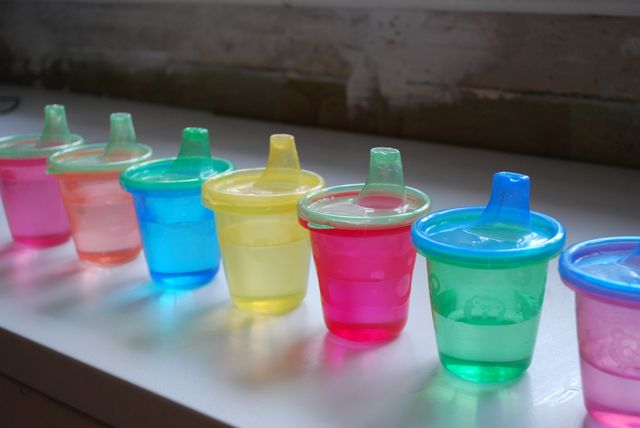Does your child suffer ear pain or ear infections? There are three common types of inflammation, which can cause these problems:
1) Acute otitis media or middle ear infection
2) Otitis media with effusion
3) Outer ear infection or “Swimmer’s Ear”
Here is some basic information on how these problems can occur, what puts your child at risk, and how to prevent them and treat them.
1) Acute Otitis Media. This is inflammation of the middle ear (the space behind the tympanic membrane or eardrum). This inflammation is usually caused by infection with bacteria or viruses. Symptoms may include ear pain, fever, fussiness and fluid draining from the ear.
Risk factors for middle ear infections are:
– Colds
– Family members with frequent middle ear infections during childhood.
– Winter and spring seasons
– Poor immune system
– Bottle feed while lying on back
– Day care
– Exposure to tobacco smoke (passive smoking)
– Using a pacifier
– Certain medical conditions like Down syndrome, cleft palate
– The risk is higher also for:
– children between 6 and 20 months
– Boys compared to girls
– Native-American children
It wouldn’t be practical to move to a warmer place during the winter months (although it sounds very tempting, doesn’t it?) but there are a couple of things you can do to help prevent middle ear infections. For example, breast-feeding infants and avoid exposure to tobacco smoke.
The treatment depends of the severity of the disease: If the infection is mild, your doctor may discuss the option of just using pain medications without antibiotics. If the infection is severe or if is not improving on its own, your child may require antibiotics for 10 days. Remember not to stop the treatment just because your child is feeling better, If you don’t take antibiotics as prescribed, you are helping to create resistant bacteria that next time may require stronger antibiotics.
Your doctor should re-examine your child a couple of weeks after the infection to make sure the fluid or congestion behind the eardrum has resolved.
If your child has a lot of ear infections or if they don’t get better after a long time, your pediatrician may refer you to an ENT (Ear, Nose and Throat specialist) who can place a tube through the eardrum to help decrease the frequency of middle ear infections.
2) Otitis media with Effusion. This is fluid and inflammation in the middle ear that is NOT caused by bacteria. So, antibiotics won’t help. The symptoms depend of the age of the child: Infants may have no symptoms or they may be tugging on or playing with their ears. There is no pain. Older children may feel pressure, fullness, ringing or popping in their ears.
Otitis media with Effusion happens when the drainage system of the ear becomes blocked, usually from a cold or recent ear infection. The majority of children get better on their own so it doesn’t require any treatment. Sometimes it can cause temporary reduced hearing loss which, for some children can interfere with speech and language development. When this is a concern, your pediatrician will refer you to an ENT.
Risk factors are similar to those of Acute Otitis Media.
3) Outer ear infection or “Swimmer’s Ear” This is a bacterial infection of the skin inside the ear canal. It presents with ear pain that’s worse when you touch or pull on your child’s ear. He can also have swelling and redness of the ear canal, soft, white ear wax or drainage from the ear, itching, and in severe cases, the outer ear may be red and swollen.
Risk factors for outer ear infections are: swimming, anything that causes too much moisture in the ear canal (like wearing headphones or hearing aids), being too vigorous about removing earwax, trauma or scratching of the ear canal. You can prevent outer ear infection by avoiding sticking anything in your child’s ear (including Q-tips) and placing two to three drops of a mixture of vinegar/isopropyl alcohol/water into your child’s ear after the ears come in contact with water. You can also use ear plugs for swimming or bathing.
Treatment is antibiotic eardrops, prescribed by a pediatrician, for 7-10 days. If the ear canal is too swollen your doctor may place a wick (piece of cotton like material) into your child’s ear. You also need to keep your child’s ear dry and you can give oral analgesics like Tylenol (acetaminophen) or Motrin (ibuprofen) as needed for discomfort.
You should follow up with your pediatrician if your child is not getting better in 2-3 days or if he gets worse.
If you’d like more information, please visit the St. Louis Children’s Hospital website, or call the pediatric Answer Line at 314.454.KIDS.





Comments